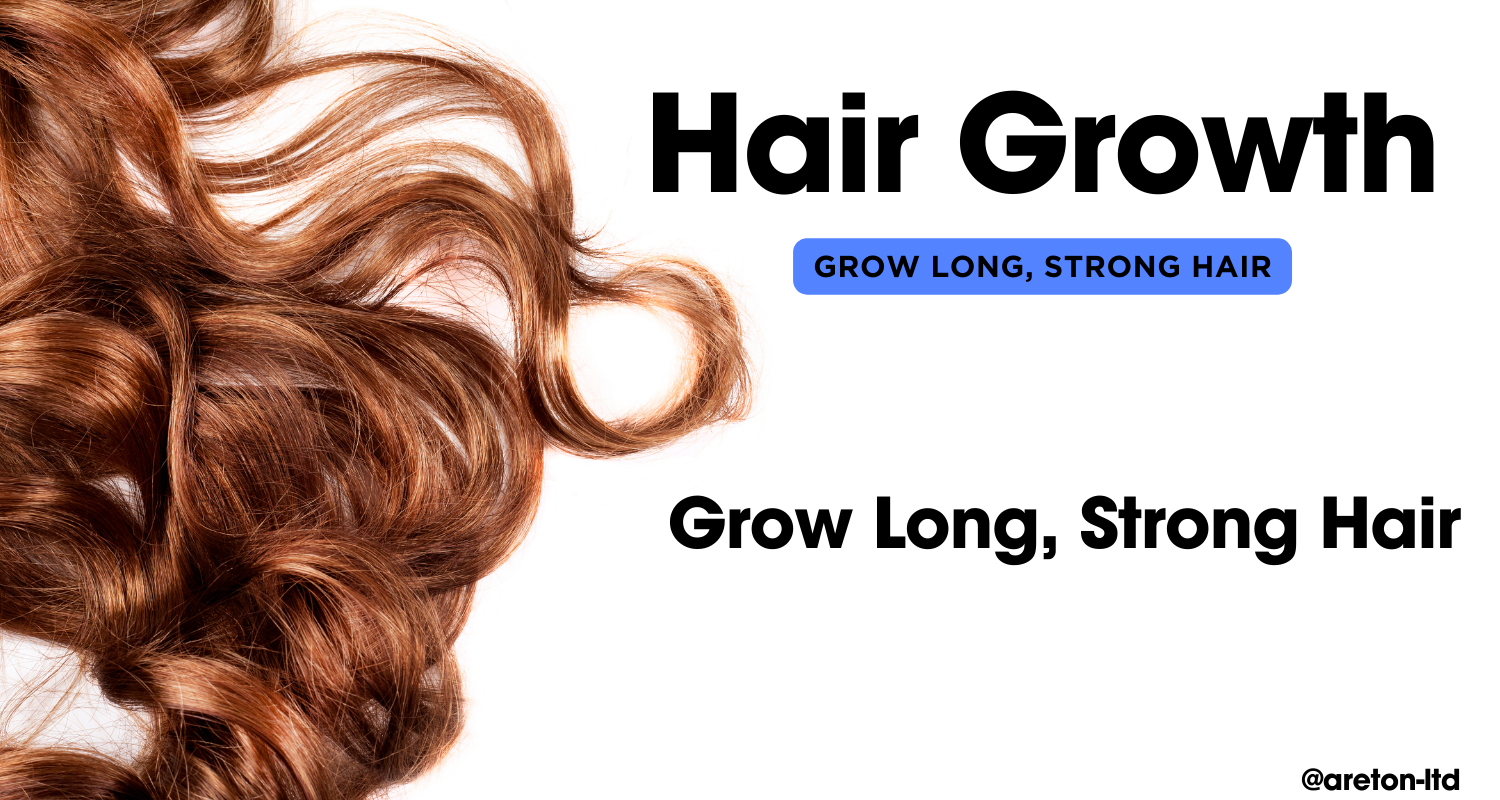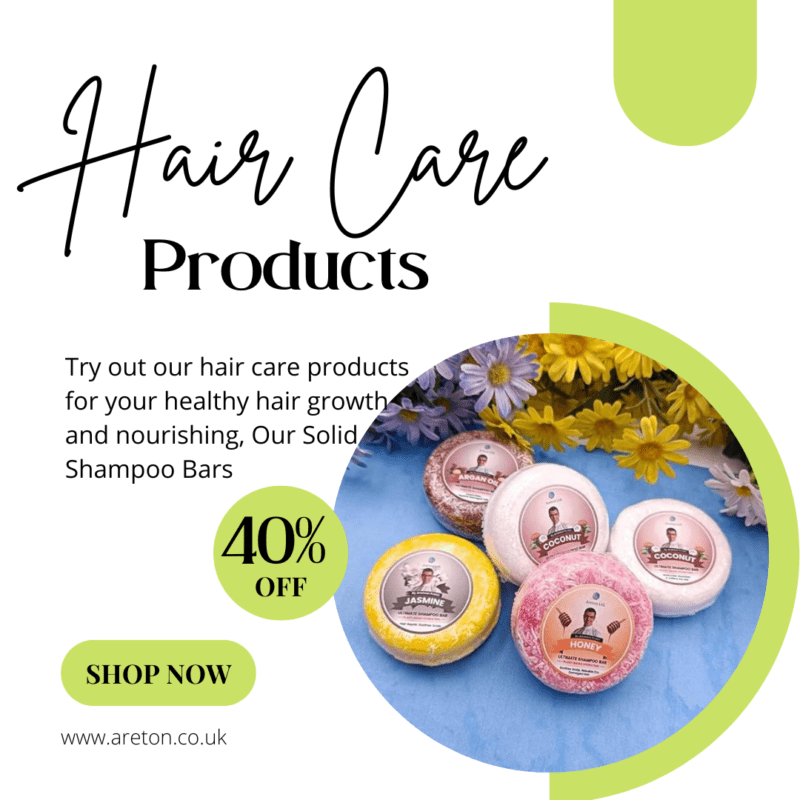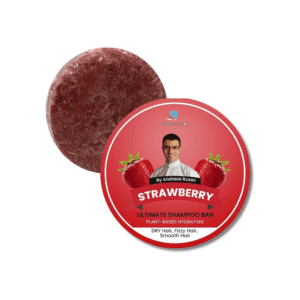Introducción
Hair growth occurs in cycles. Each hair follicle on your head goes through three phases:
Anagen (growth) phase – This is when active hair growth happens. The hair follicle is getting nourished to produce new hair. This phase can last 2-7 years.
Catagen (transitional) phase – The hair follicle starts to shrink and detach from the blood supply. No more growth occurs. This phase lasts 2-3 weeks.
Telogen (resting) phase – The old hair detaches and falls out. The follicle remains dormant for 2-4 months before starting the new anagen phase.
At any given time, 80-90% of hair is in the anagen phase while the rest is in the catagen or telogen phase. The length of each phase is determined by genetics, age, and factors like nutrition, hormones, and scalp health.
Stress, poor diet, medications, illness, pollution, and aging can prematurely push more hair into the shedding telogen phase. The anagen phase shortens over time, so hair growth slows down. However, focusing on scalp health and managing influencers like diet, stress, and habits can encourage growth cycles and stronger hair.
Diet and Nutrition
What we eat can have a big impact on the health and growth of our hair. Getting adequate protein, iron, zinc, and certain vitamins and minerals is important for optimal hair growth.
Protein – Hair is made mostly of a protein called keratin. Adequate protein intake helps ensure a steady supply of amino acids to promote hair growth and maintain a healthy structure. Foods rich in protein include meats, eggs, dairy, beans, lentils, nuts and seeds.
Iron – Iron carries oxygen to hair follicles and cells. Low iron levels can lead to anemia and impaired hair growth. Great iron sources are red meats, poultry, eggs, spinach and other leafy greens.
Zinc – This mineral is involved in protein synthesis and cell division for hair growth. Oysters, red meats, poultry, beans, nuts and whole grains supply zinc.
Vitamins – The B vitamins promote cell growth and renewal. Vitamins C and E are antioxidants that protect hair follicles. Vitamin A is important for production of sebum, which conditions the scalp and keeps hair moisturized. Fruits, vegetables, nuts, seeds, whole grains and lean proteins provide these essential vitamins.
Eating a balanced diet with plenty of hair-healthy foods makes sure your body has the nutrients it needs for optimal hair growth and strength. Stay hydrated and limit sugary or salty processed foods which can deplete nutrients. Your diet provides the building blocks for growing strong, healthy hair.
Scalp Care
A healthy scalp is essential for strong hair growth. Here are some tips for taking care of your scalp:
Exfoliate the scalp: Use a scalp exfoliator or scrub once or twice a week to remove dead skin cells and product buildup. Gently massage it into damp hair and rinse thoroughly. Exfoliating improves blood circulation in the scalp.
Massage the scalp: Give yourself a scalp massage for 5-10 minutes daily. Use your fingertips to apply light pressure in small circular motions. Massaging stimulates blood flow to hair follicles. You can use a few drops of oil while massaging for added benefits.
Avoid damage from styles: Tight hairstyles like ponytails and braids can damage the scalp and hair follicles over time. Avoid pulling hair too tightly and give your scalp a break between styles. Also be gentle when brushing and combing to prevent breakage. Use a wide-tooth comb if needed.
Don’t scratch: Itchy scalp can cause scratching and damage. Identify and treat the cause, whether dandruff, dryness or other issues. Keep nails short and use your fingertips instead of nails if needed. See a dermatologist for persistent itchiness.
Use mild shampoos: Harsh shampoos can strip the scalp and cause irritation for some. Opt for a gentle, sulfate-free formula. Limit washing to 2-3 times a week at most. Co-wash in between to cleanse hair without stripping oils.
Treat scalp conditions: Dandruff, psoriasis and other conditions can impair hair growth. Use anti-dandruff shampoos containing zinc, selenium or ketoconazole. See a dermatologist for prescription strength treatment if over-the-counter options don’t work.
Avoiding Heat Styling
Letting your hair air dry when possible is one of the best ways to avoid heat damage. Air drying allows the hair’s natural oils to distribute along the hair shaft, keeping it strong and healthy. Heat from blowdryers, flat irons, and curling irons can weaken hair bonds over time leading to dry, brittle hair that is prone to breakage.
When heat styling is necessary, be sure to apply a heat protectant product first. Heat protectant sprays or serums create a barrier around the hair to block heat absorption and minimize damage. They usually contain silicones or other ingredients that help seal the cuticle. Look for a heat protectant designed for your hair type and texture. Apply it evenly from roots to ends before using any heated tool. The protectant allows you to style safely with less risk of breakage.
Limiting heat tools to when absolutely needed and using protection can help maintain strong, healthy hair over time. Air dry whenever possible and be diligent about applying a heat protectant to help avoid damage from heat styling.
Gentle Styling
Gentle styling techniques are key for reducing hair breakage and keeping hair strong. Here are some tips:
Use a wide-tooth comb or brush. Wide-tooth combs are much gentler than traditional brushes, reducing snagging and tugging that can lead to breakage. When brushing, hold hair at the bottom and brush in sections from the bottom up.
Avoid tight hairstyles. Ponytails, braids, buns, and other pulled-back styles can create tension on the hair and scalp. This constant tugging can weaken hair over time and cause breakage. Try to avoid very tight styles and give hair a break by wearing it down when possible.
Use soft hair ties. If you do need to pull hair back, use fabric covered hair ties and scrunchies which are gentler than standard rubber bands. Avoid metal clips or elastics with metal.
Let hair air dry. Heat from blow drying stresses hair, so letting it air dry reduces damage. If you do use a blow dryer, use the cool setting and keep the dryer 6 inches from your hair to minimize heat exposure.
Sleep on a silk pillowcase. Cotton pillowcases can tug and pull at hair while you sleep leading to breakage. Silk pillowcases allow hair to slide smoothly and cause less friction.
By being mindful of how you style, brush, and tie back your hair, you can help reduce unnecessary breakage and keep your strands strong and healthy.
Hair Oils and Masks
Applying oils and masks to your hair can provide many benefits for hair growth and strength. Natural oils like coconut, olive, almond, and argan oil contain fatty acids that help moisturize and nourish hair. Massaging oils into the scalp can increase blood circulation, stimulate hair follicles, and condition the hair shaft.
Hair masks made with protein-rich ingredients like eggs, yogurt, rice water, or hydrolyzed wheat protein can help strengthen and repair damaged hair. The proteins temporarily fill in gaps and tears in the hair cuticles. Moisturizing masks with oils, shea butter, aloe vera, or avocado can hydrate dry, brittle hair.
Some tips for using oils and masks:
Focus application on the mid-length and ends of hair. Only apply oils sparingly to the scalp.
For masks, thoroughly coat hair from roots to ends. Cover hair with a shower cap for deeper penetration.
Rinse out masks thoroughly with cool water to seal in moisture.
Use oils and masks 1-2 times per week for best results.
Alternate between protein-based and moisturizing hair masks based on your hair’s needs.
Leave-in lightweight oils like argan or jojoba after washing for extra moisture and shine.
Using natural hair oils and masks as part of your hair care routine can help boost shine, softness, strength, and growth.
Stress Management
Stress is a major contributor to hair loss and thinning hair. When we experience prolonged or chronic stress, our bodies produce more of the stress hormone cortisol. High levels of cortisol can disrupt the hair growth cycle and lead to excessive shedding.
Finding ways to manage stress is crucial for maintaining strong, healthy hair. Here are some effective stress management techniques:
Practice relaxation activities like yoga, deep breathing, meditation, or progressive muscle relaxation. Taking time to consciously relax helps lower cortisol.
Get regular exercise. Physical activity reduces anxiety and relieves tension. Aim for 30 minutes per day of moderate exercise like walking, swimming, or cycling.
Get enough sleep. Lack of sleep exacerbates stress. Stick to a regular sleep schedule and aim for 7-9 hours per night. Limit screen time before bed.
Find social support. Spend time with positive friends and family who uplift you. Sharing feelings with loved ones can help relieve stress.
Take breaks and set boundaries. Don’t take on too much. Take regular time off from work and set boundaries with demanding people.
Seek professional help if needed. Talk therapy can provide tools to better manage stress long-term.
Making lifestyle changes to control stress can promote hair growth and prevent excessive shedding caused by high cortisol levels. Be patient, as it may take several months to see a noticeable improvement in hair fullness after implementing stress reduction techniques. But managing stress is worthwhile for overall health and wellbeing.
Hair Supplements
Hair supplements can provide the vitamins, minerals, and nutrients needed for optimal hair growth. Some of the most beneficial supplements include:
Biotin
Biotin is a B vitamin that plays an important role in the health of hair, skin, and nails. It helps produce keratin, a key structural protein for hair. Biotin deficiency can lead to brittle, thinning hair. Taking a biotin supplement can help strengthen hair follicles and stimulate growth. The recommended daily intake is 30 mcg but doses up to 10,000 mcg are considered safe for hair growth.
Collagen
Collagen is the most abundant protein in the body and makes up a large part of our hair. Taking a collagen supplement can provide amino acids that boost production of keratin and tissues in the hair. This helps increase elasticity and strength. Studies show collagen peptides can thicken hair and increase growth rate.
Multivitamins
Hair needs a variety of vitamins and minerals to grow strong and healthy. Multivitamins contain many of the key nutrients for hair health like zinc, iron, B vitamins, vitamin C, and vitamin D. Ensure the multivitamin contains adequate amounts of these hair-supporting vitamins and minerals. Taking a daily multivitamin helps prevent deficiencies that can lead to hair loss.
When taking supplements for hair growth, allow at least 3-4 months to see results as hair growth is a slow process. Work with a healthcare provider to determine dosage and address any interactions with medications. Using supplements along with a healthy diet and lifestyle will provide the best support for strong, growing hair.
Prescription Treatments
Prescription medications like minoxidil and finasteride can be very effective for improving hair growth and thickness.
Minoxidil is available in 2% and 5% solutions that are applied directly to the scalp twice daily. It works by widening blood vessels and opening up potassium channels to allow more oxygen, blood and nutrients to reach the hair follicles. This helps stimulate growth and prolong the anagen (growth) phase of hair. Results are typically seen after 3-4 months of consistent use.
Finasteride is an oral medication that blocks the hormone DHT, which causes hair follicles to shrink. By inhibiting DHT, finasteride allows hair follicles to regain strength. It is taken daily in 1-5 mg doses. Like minoxidil, it takes 3-4 months to see results.
Both medications require ongoing use to maintain results. They can cause side effects like skin irritation with minoxidil and sexual side effects with finasteride. It’s important to discuss risks and benefits with your dermatologist. These medications may not be right for everyone but can be very helpful for some people struggling with hair thinning and loss.
When to Seek Medical Help
Hair loss can sometimes be a sign of an underlying health condition that requires medical attention. Here are some signs it may be time to schedule an appointment with your doctor:
Sudden Hair Loss
If you notice large amounts of hair falling out all at once, this is called telogen effluvium. It can be triggered by severe stress, illness, injury, or medications. See your doctor to identify and address the underlying cause.
Patchy Hair Loss
Patches of missing hair on your scalp may indicate an autoimmune disorder like alopecia areata, or ringworm infection. Get patches evaluated by a dermatologist.
Hair Breakage
If your hair is breaking off and looks frayed or damaged, you may have a hair care or styling issue. But it can also result from nutritional deficiencies or thyroid disorders. Ask your doctor to test for vitamin or hormone imbalances.
Hair Not Growing Back
Bald spots where hair falls out but won’t regrow may indicate scarring alopecia. This permanent hair loss requires diagnosis and treatment from a dermatologist.
Sudden Graying
Rapid graying before age 30 could point to autoimmune problems or vitamin B12 deficiency. Have your doctor run blood tests and recommend treatment options.
Itchy, Painful Scalp
Scalp discomfort, redness, and flaking skin may be signs of skin conditions like seborrheic dermatitis or psoriasis. See a dermatologist for diagnosis and medicated shampoos or topical treatments.
If you notice any unusual symptoms along with hair thinning or loss, it’s important to see your doctor. Getting to the root cause can help you regrow stronger, healthier hair.







